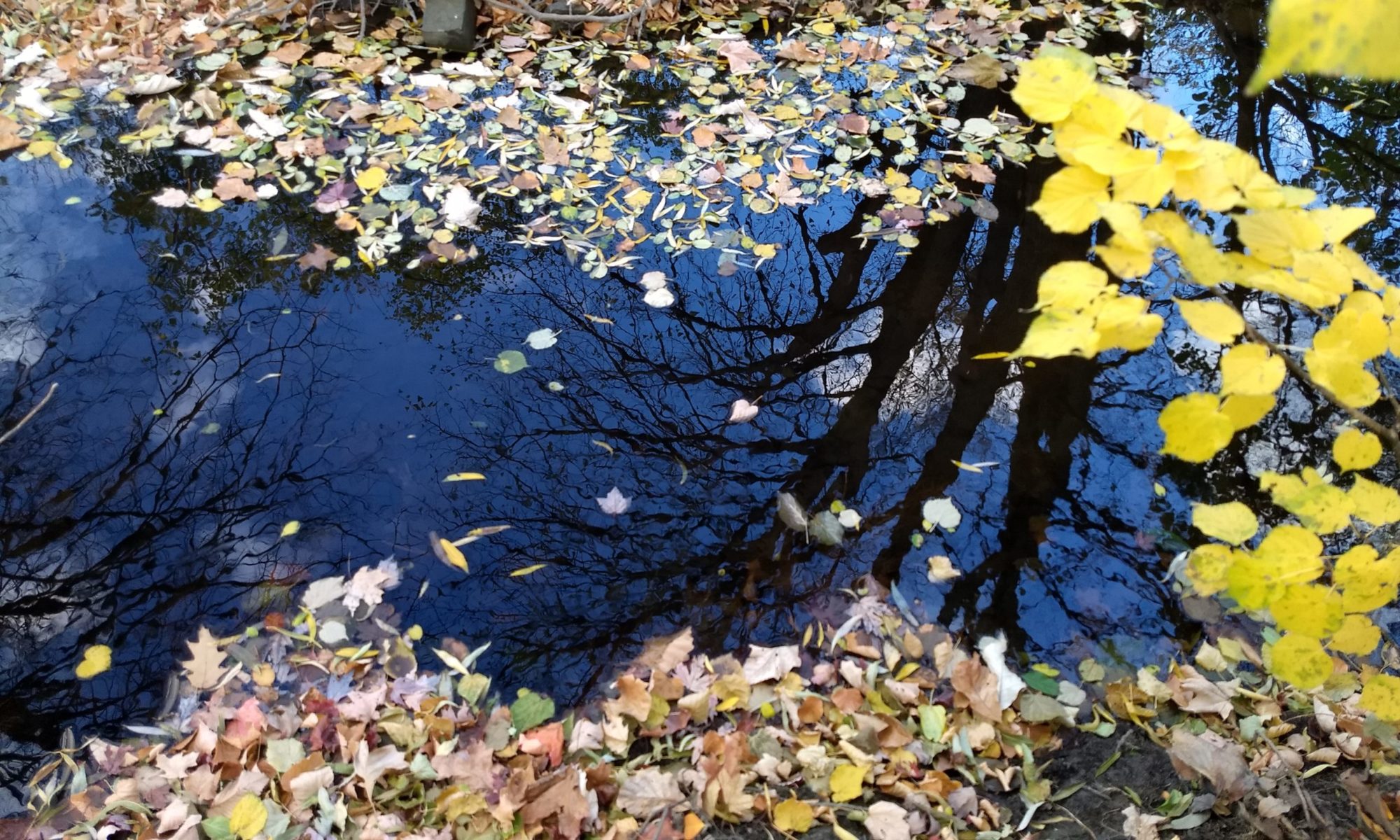Disclaimer: I’m participating in Hey, Let’s Grow!, a home gardening program sponsored by Monsanto, which provided me with a seed starter kit, Seminis Home Garden seeds, and a gift card for additional gardening supplies. All opinions, along with gardening skills or lack thereof, are my own.
Hey, you guys, I planted my garden this year only using SEEDS, and my garden is beautiful! I’m so excited about this because I’ve never grown a garden from seeds before. I just came in from picking tomatoes, cucumbers, and custard beans, and I don’t think I’ve ever had this much fresh produce from my own garden!

My photos don’t do my garden justice; the picture above looks like it has a 1970’s glow, doesn’t it? I think it was really sunny when I took it. Sun Sugar tomatoes are like cherry tomatoes, small, orange, and sweet! My two plants have been producing tomatoes like crazy, and they are still producing lots of flowers and green tomatoes. They are great in salads, of course. I also cut them in half and tossed them in a chicken stir fry I made today, waiting until the last minute so they would be just warm but not cook down at all. They added a great flavor!

One custard bean plant produces enough beans for a dinner side dish for my family of four. I cooked them just like green beans, and the kids ate them up! (I did add some butter, so that may have helped, too.) I have three bean plants, and I actually planted them at different times, which turned out to be unintentionally smart! The first bean plant is finished already, and I just picked at least 20 beans off of my second bean plant. I have a third plant that is slowly maturing because it was in the shade, but I transplanted it in more out in the open so hopefully I will get a third bean harvest this summer.

This spring, we had spinach and lettuce growing in one of our raised beds. After they were done, I planted cucumber seeds. I wanted a trellis for my cucumbers, so Ed raided the garage and found a couple of wooden supports that were in our snow blower box. I lashed them together on one end, placed the open ends in the garden and voila! A cucumber trellis! Ed said I’m lucky he never throws anything away. 😉

We are going to have oodles of cucumbers! I already ate three, gave two away, and have two more sitting on my counter. Fortunately, I love them. I tried this sour cream cucumber salad this weekend, and it was delicious.

I’ve had such great success with my garden this year that I’m already thinking about what I should plant next year. I’m thinking zucchini–what else should I try? How has your garden grown this year?






